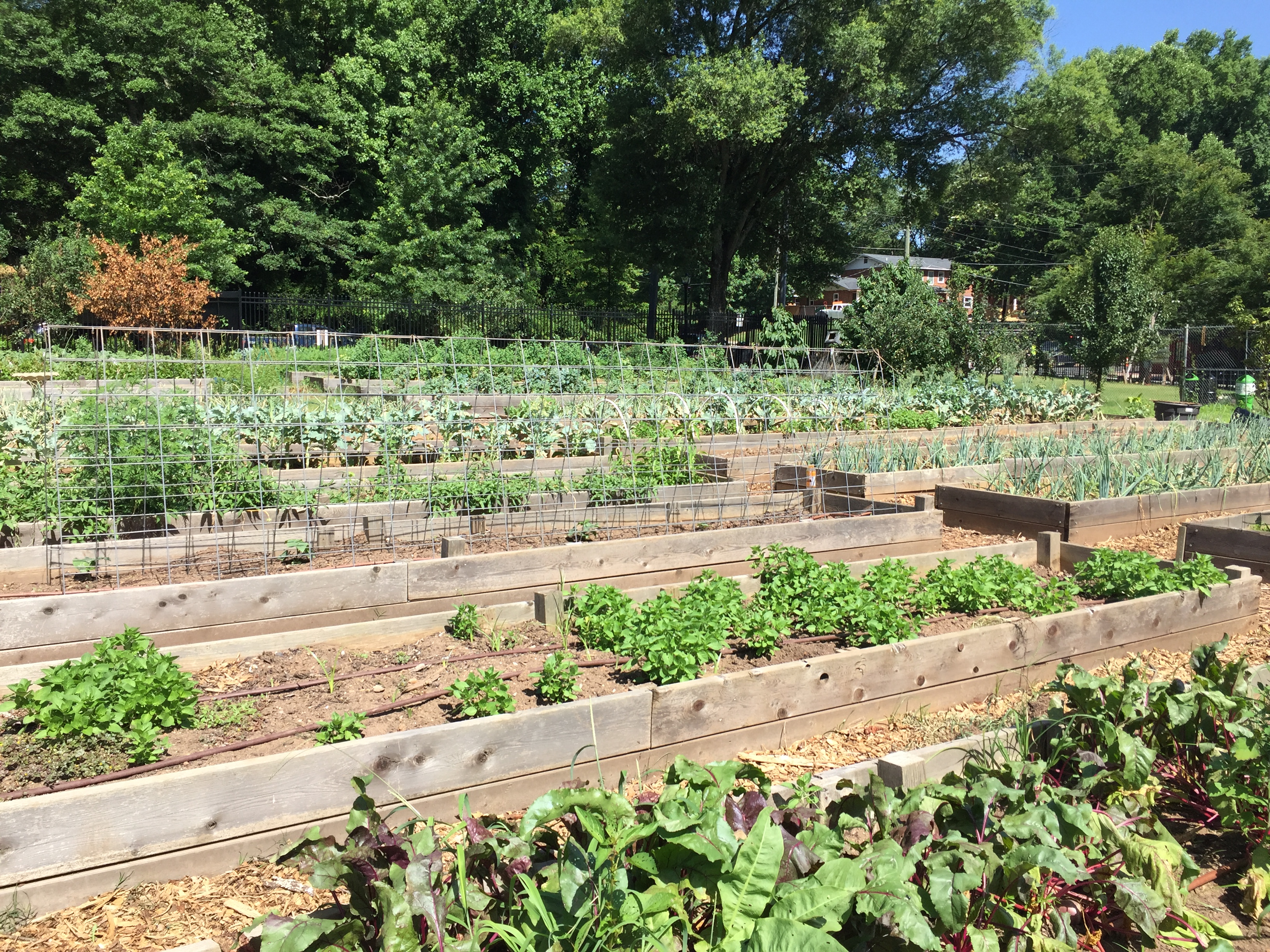By Jake Stukenberg, LFSC Intern, National Farmers Union
Regardless of a farm’s size or scale, food safety is a priority on every operation. All farmers have an obligation to provide the safest product possible, and while many may think their current practices are sufficient in preventing foodborne illness, there is always new information or research being done. The recent Food Safety Modernization Act Produce Safety Rule (FSMA PSR), is an example of new minimum standards for produce safety based on the latest research-based best practices.
Not every farmer is covered by the FSMA PSR but buyer or market requirements can be different than regulatory requirements when it comes to food safety compliance requests. Growers are encouraged to be familiar with the PSR so they can provide feedback and comments to the FDA on the regulation. We also encourage growers to always be learning more about what can cause, and how to prevent a food safety risk on their farm.
Over the next couple of weeks, we will be posting a series of educational blogs covering what exactly are produce safety risks. While the PSR only deals with biological risks our blogs will also touch on chemical and physical risks. By the end of the series, readers should understand which risks are covered by FSMA versus market requirements. Readers will also learn some strategies or changes they can make to their operations to reduce these risks.
You may feel confident that your produce has never made anyone sick, but it’s worth remembering that foodborne illness is underreported, and that even when reported it is rarely traced back to an individual farm or operation. A fruit or vegetable with a slight amount of biological contamination may not make most healthy adults sick, but it can be detrimental to those with a compromised immune system such as young children, pregnant women, and the elderly. Human pathogens are the largest food safety risk that growers deal with so better understanding what those are is a great place to start in understanding how to prevent their spread.
Be sure to check back next week where our first blog post of the series will discuss one of the most common biological risks on farms: bacteria!


